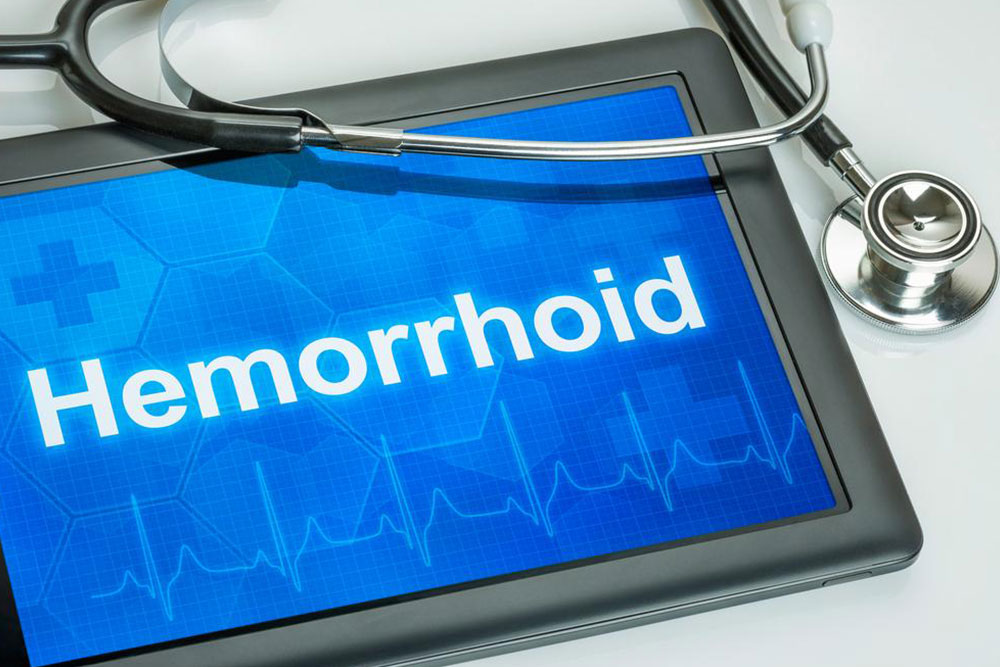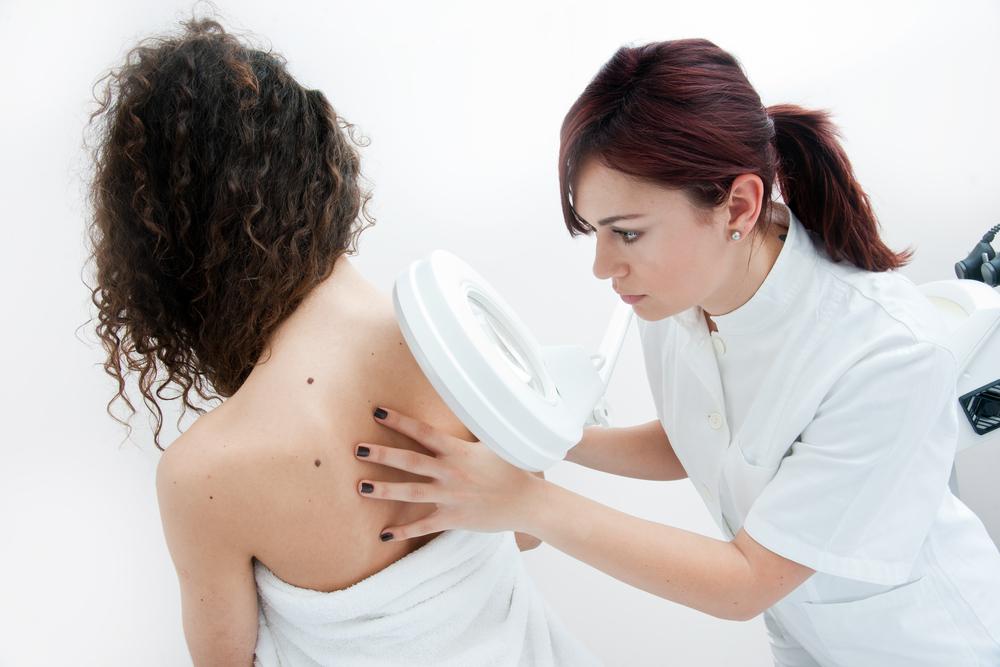Understanding the Main Causes of Hemorrhoids
This article explains the key causes of hemorrhoids, highlighting factors like aging, pregnancy, constipation, sedentary lifestyles, overweight, and diet. It emphasizes lifestyle modifications, dietary habits, and preventive measures to manage and reduce hemorrhoid risk effectively.

Understanding the Main Causes of Hemorrhoids
Hemorrhoids, commonly called piles, involve swollen veins in the lower rectal and anal regions. Roughly one in five adults faces hemorrhoid issues occasionally, experiencing symptoms like bleeding, itching, and discomfort. These occur when increased pressure or strain causes the veins in these areas to swell and bulge. Internal hemorrhoids form inside the rectum, while external ones appear under the skin around the anus. Several factors contribute to their development.
Age Hemorrhoids are more frequent in individuals aged 45-65 because tissues supporting rectal veins weaken over time. Nonetheless, children and young adults can also be affected.
Pregnancy Increased uterine size during pregnancy raises pressure on the rectal veins, especially in the third trimester, leading to hemorrhoids. Prolonged standing also elevates risk.
Constipation Chronic constipation or diarrhea promotes straining during bowel movements, enlarging rectal veins.
Extended Sitting Sitting excessively, especially on the toilet, stresses blood vessels, increasing hemorrhoid risk. Reducing sitting time helps.
Overweight Excess body weight puts pressure on anal and rectal veins, making overweight individuals more susceptible. A fiber-rich diet, hydration, and exercise strengthen veins and prevent hemorrhoids.
Low-Fiber Diet Consuming insufficient fiber can lead to constipation. Incorporating cereals, fruits, and vegetables improves digestion and reduces hemorrhoids.
Additional Factors Repeated heavy lifting and a family history of weak veins also increase risk if neglected.
Various treatments, lifestyle changes, and dietary adjustments can alleviate symptoms. Maintaining a high-fiber diet, staying active, and drinking plenty of fluids are key preventive measures.
Note: Our articles provide practical insights across multiple topics. While informative, they should not replace professional medical advice. The site disclaims responsibility for data discrepancies and advises consulting healthcare providers for personalized care.










